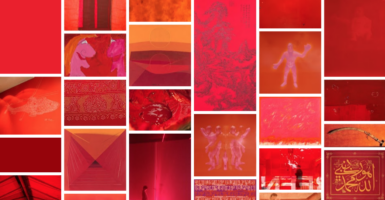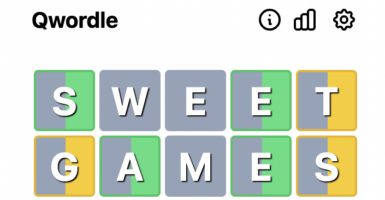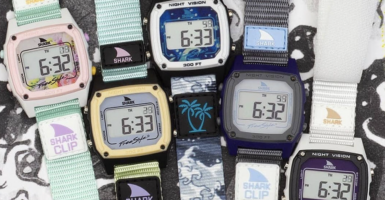30 Nostalgic And Vintage Photos From The 1970s That Take Us Back To A Bygone Era
The ’70s represented different things to different people. For some, it was the exciting dawn of a computerized era, with daring societal trends and new innovation. For others, it was an uncertain time, marked by crises at home and overseas.
Of course, for those who lived through the ’60s, the ’70s may have just been one big hangover. Let’s delve into some vintage photos that will transport us back to a bygone era.
It wasn’t just about disco.
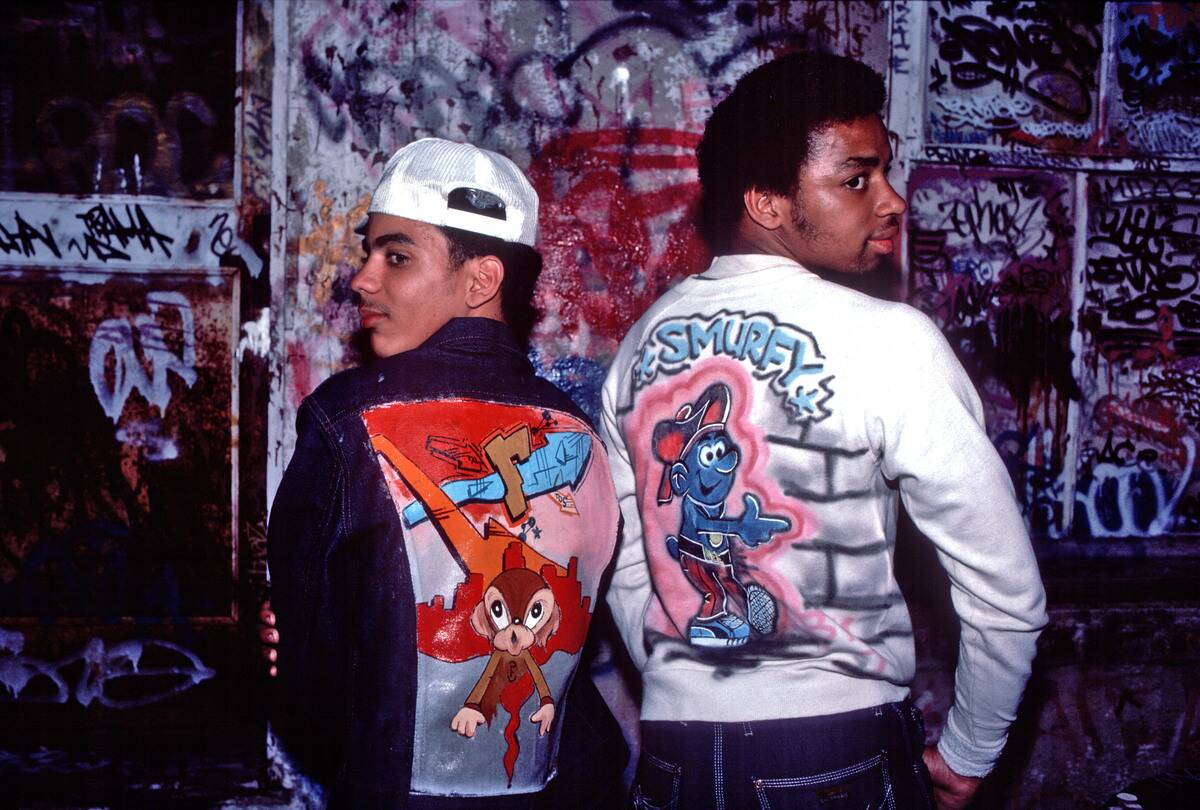
The musical genre most associated with the ’70s is disco, but by the end of the decade, hip-hop was just around the corner.
This was more than just a genre, as graffiti art helped to shape hip-hop culture, particularly in the New York. Fashion in this genre was defined by Kangol hats, Adidas tracksuits, and vivid graphics.
Retail was at a crossroads.
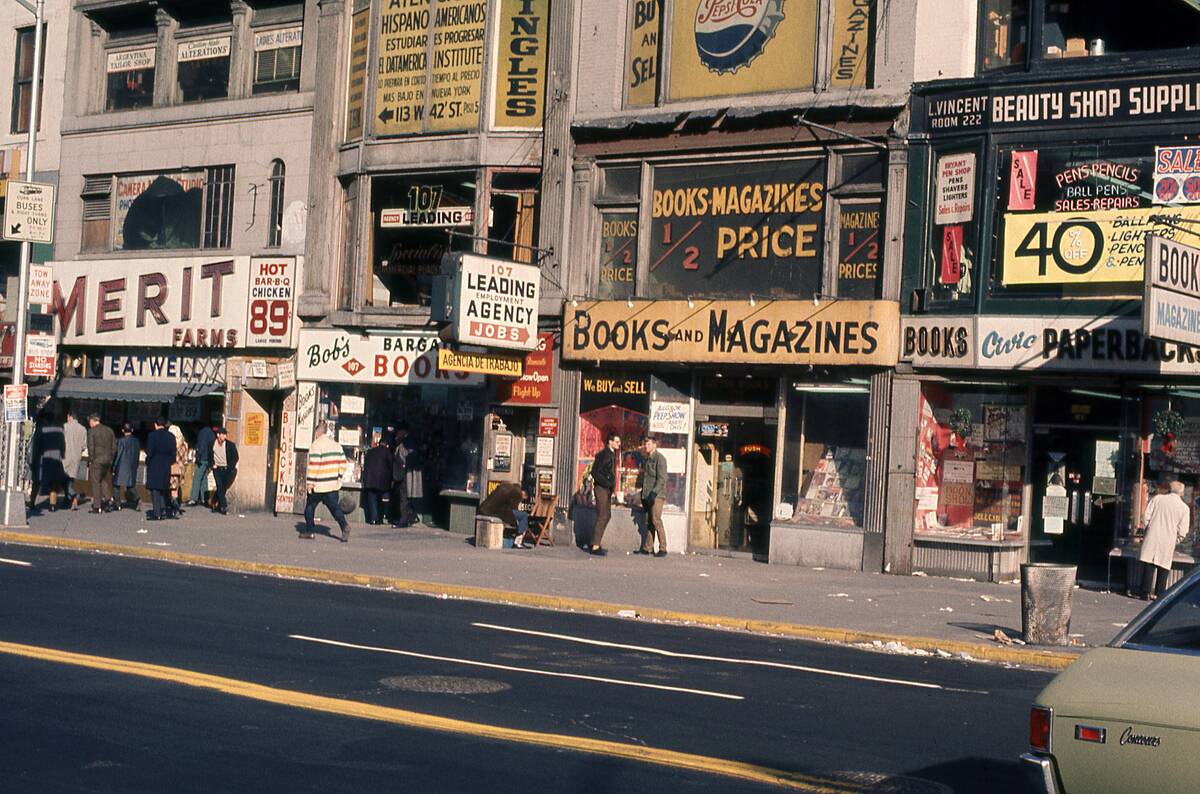
This 1970s street scene in New York shows the diverse range of stores that shoppers had to choose from.
While this street likely didn’t look much different a few decades earlier, it would change dramatically in the years to come. Shopping malls had already established footholds in the suburbs, and would be a growing trend in the following decades.
Roller rinks were a social hub.
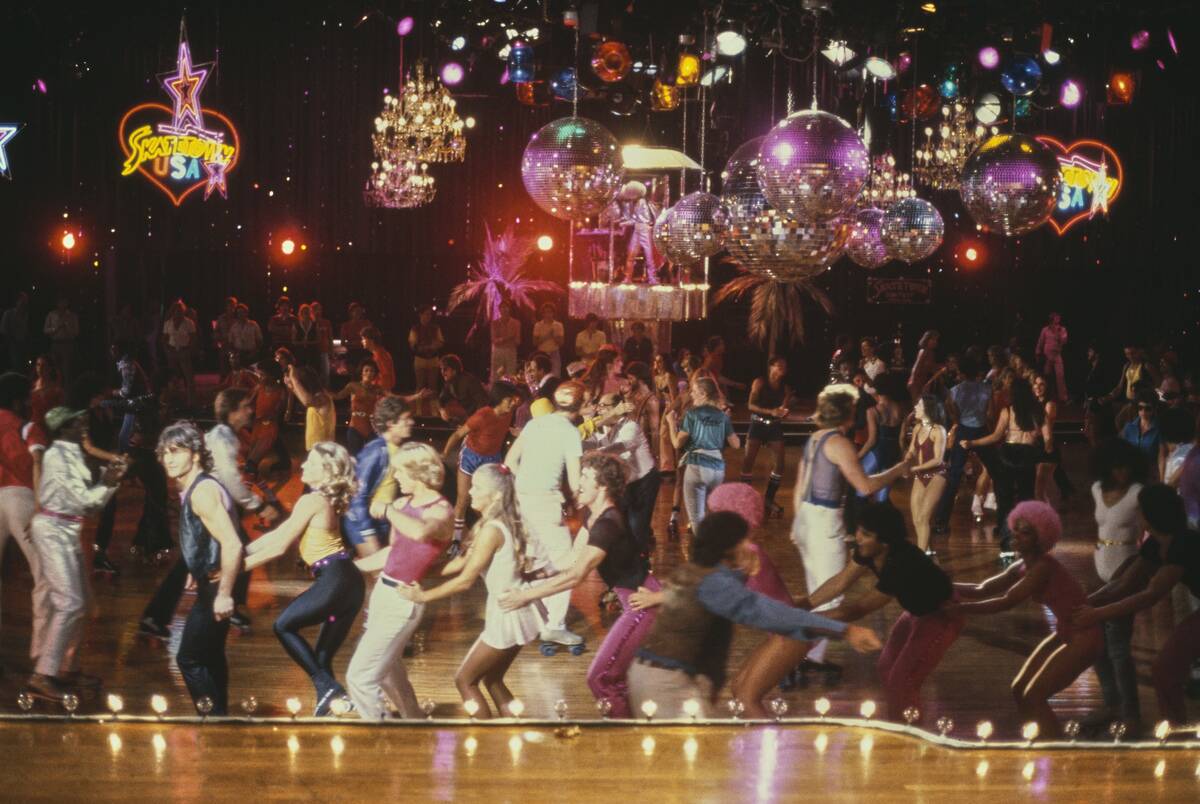
This image showing the filming of the Skatetown, USA television show may show an idealized view of roller rink culture, but it still demonstrates the hold that roller skating had in the zeitgeist.
Rinks became hotspots for teens and young adults alike as they glided across the polished floors of roller rinks, showing off the latest fashions and listening to music on the sound system.
The Hollywood sign had seen better days.
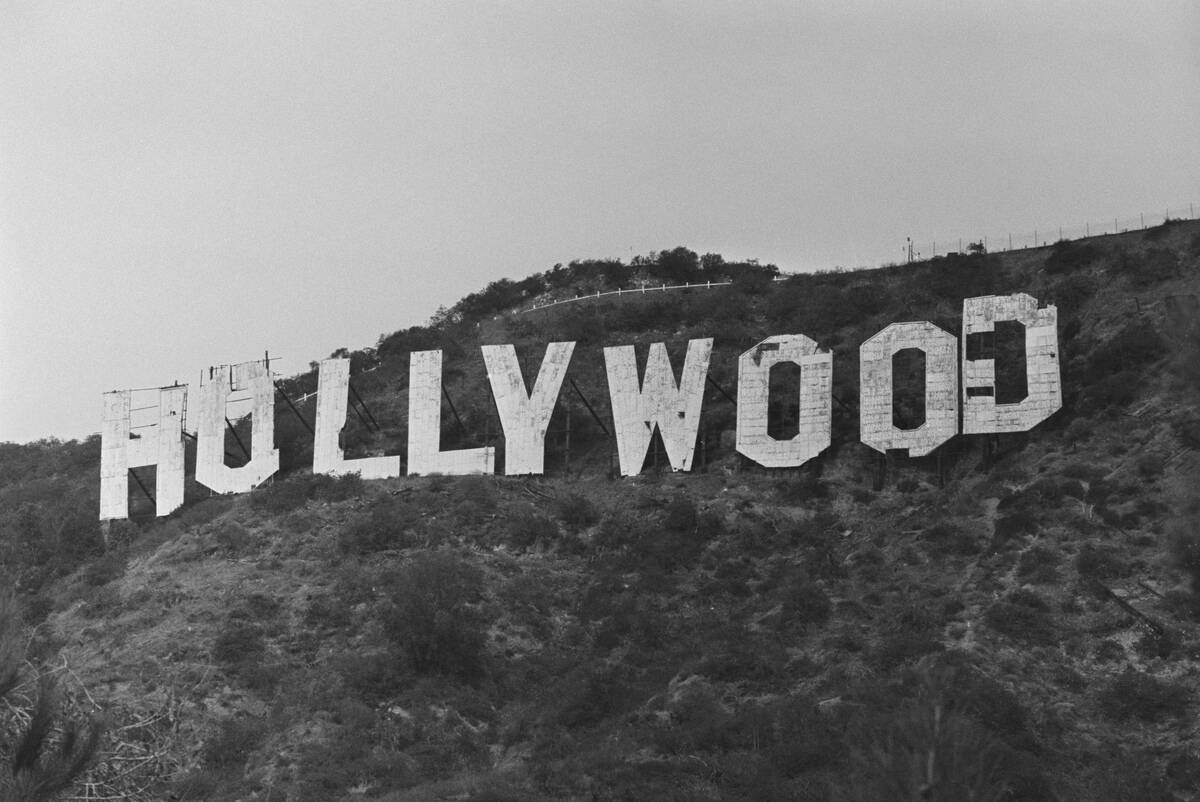
The Hollywood sign (originally the ‘Hollywoodland’ sign) was only ever meant to be temporary, and by the early ’70s, the iconic sign was falling into severe disrepair.
After decades of neglect, a major restoration effort took place in 1978, with celebrities from Hugh Hefner to Alice Cooper sponsoring individual letters to be restored and rebuilt.
New York’s subways were gritty.

The gritty, dystopian version of New York seen in films like The Warriors wasn’t necessarily too far off from reality. New York City’s subway system was covered in graffiti and carried an air of danger and lawlessness.
Despite this, it remained essential for millions of commuters — and even though most of the graffiti was eventually removed, this art style became iconic in its own right.
Mass media continued to grow.
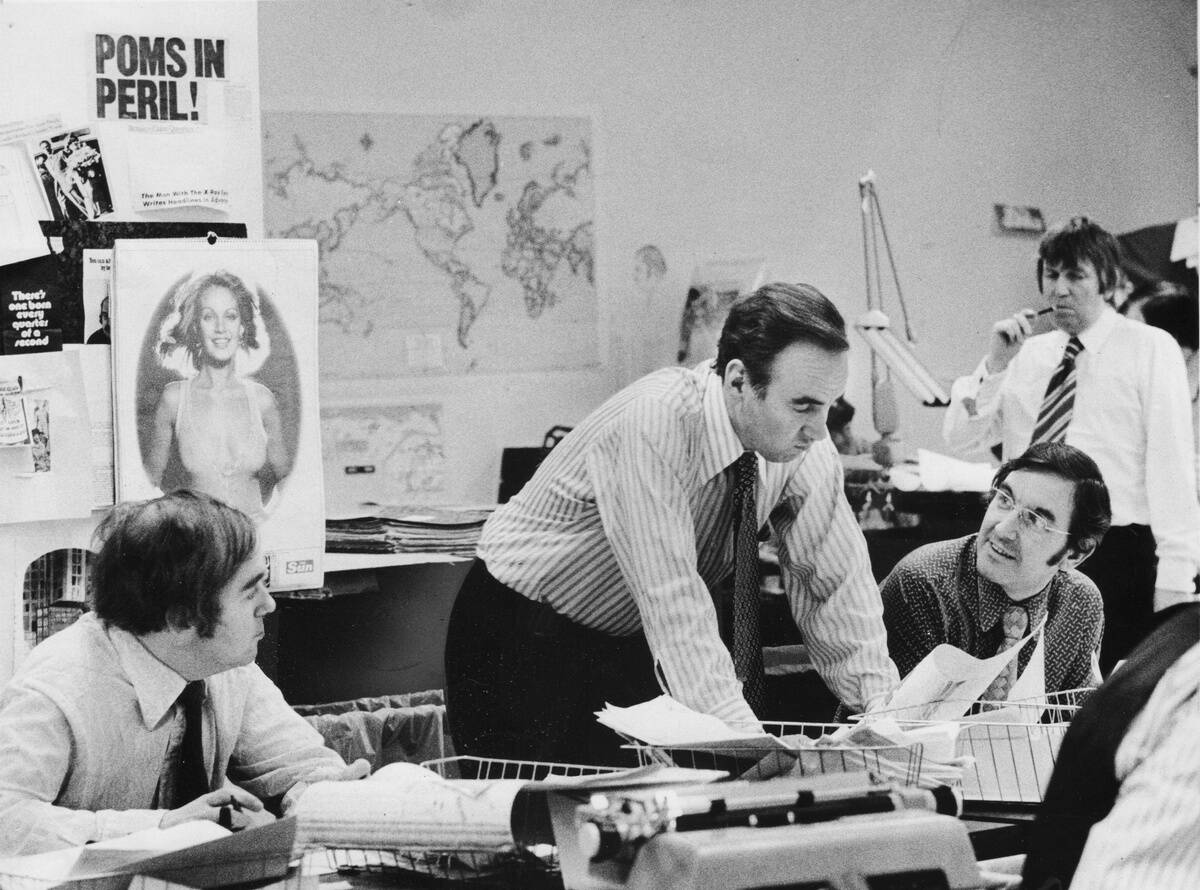
This image showing a young Rupert Murdoch in a newsroom gives a glimpse of the early days of a media mogul.
Murdoch acquired the New York Post in 1970 and reshaped it in his image, making it a salacious tabloid similar to Australia’s Daily Telegraph and Britain’s The Sun.
Dating was still done in-person.
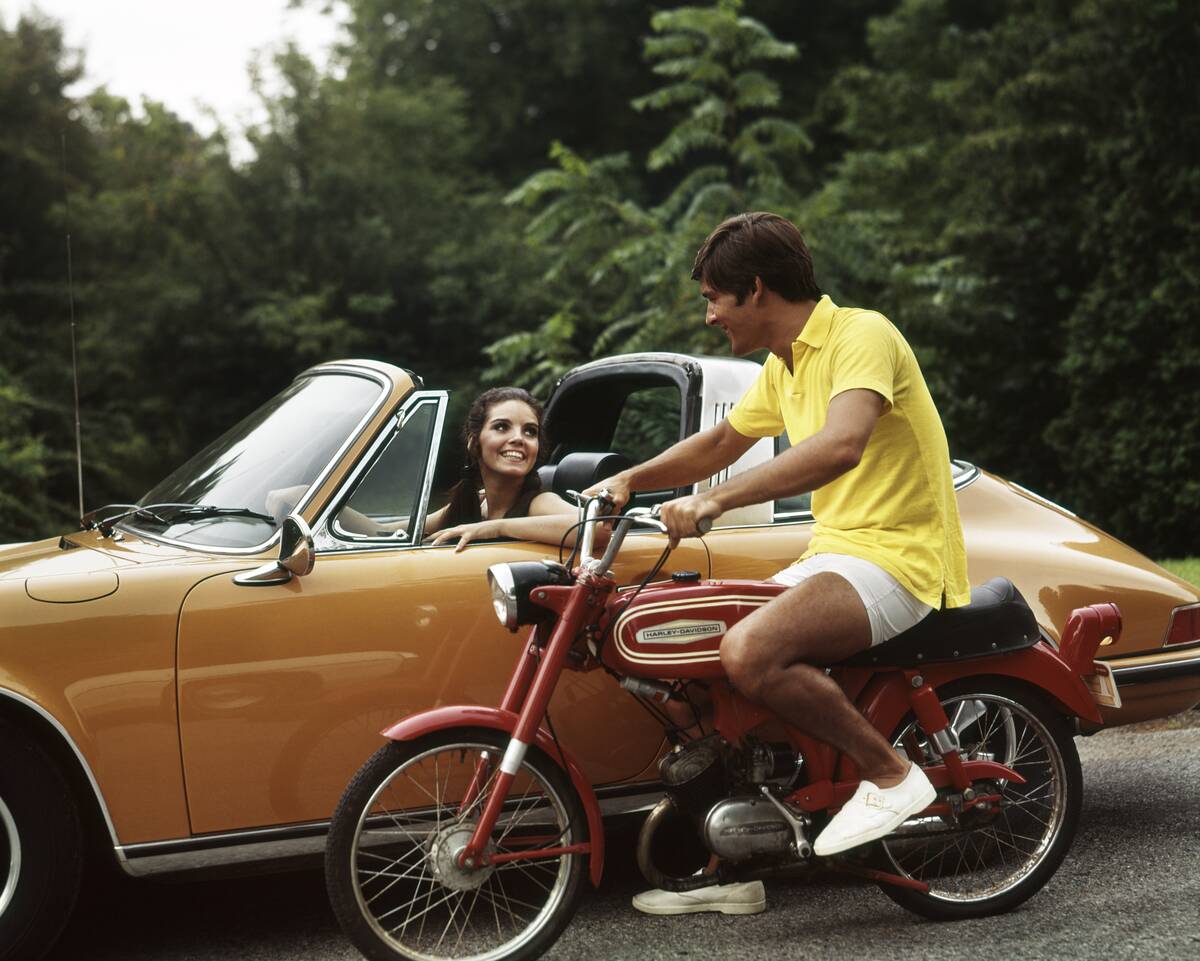
It’s hard to imagine that this guy on a humble Harley-Davidson moped could have a shot with a woman driving an expensive Porsche, but he’s giving it the old college try.
Internet dating was still far in the future, but the dating scene had changed by the ’70s, with traditional courtship rituals giving way to more casual methods of meeting other singles.
Everyone felt the gas crisis.
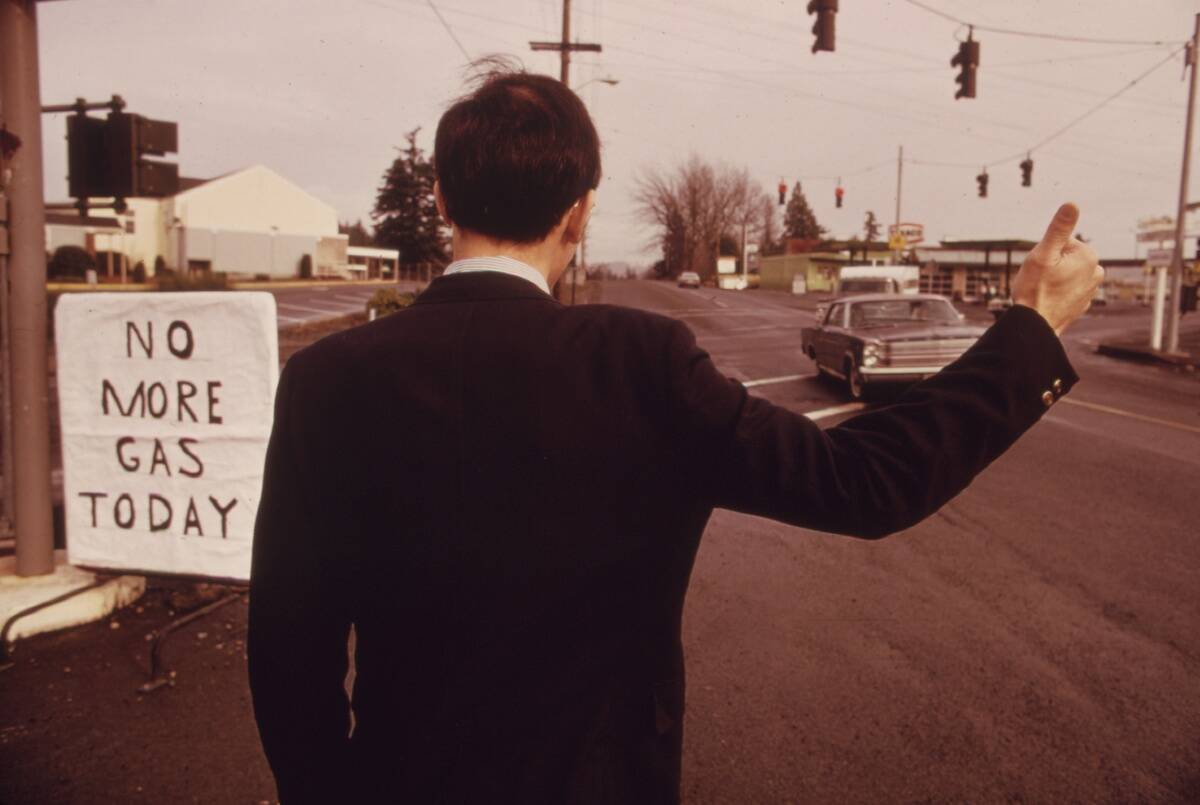
A series of oil and gas crises throughout the decade meant pain at the pumps for Americans, to the point that it reshaped driving habits.
Gasoline rationing, speed limit reductions, and newer, more fuel-efficient cars all became necessary as the decade wore on.
The computer revolution was just beginning.

The ’80s were utterly transformed by the rise of the personal computer in homes and offices, and the first stirrings of this massive change could be seen by the late ’70s.
Older office accessories like typewriters, filing cabinets, and rotary phones still dominated the office landscape for most of the decade, but some workplaces had started to make the switch to computers.
SoCal was a skateboarder’s paradise.
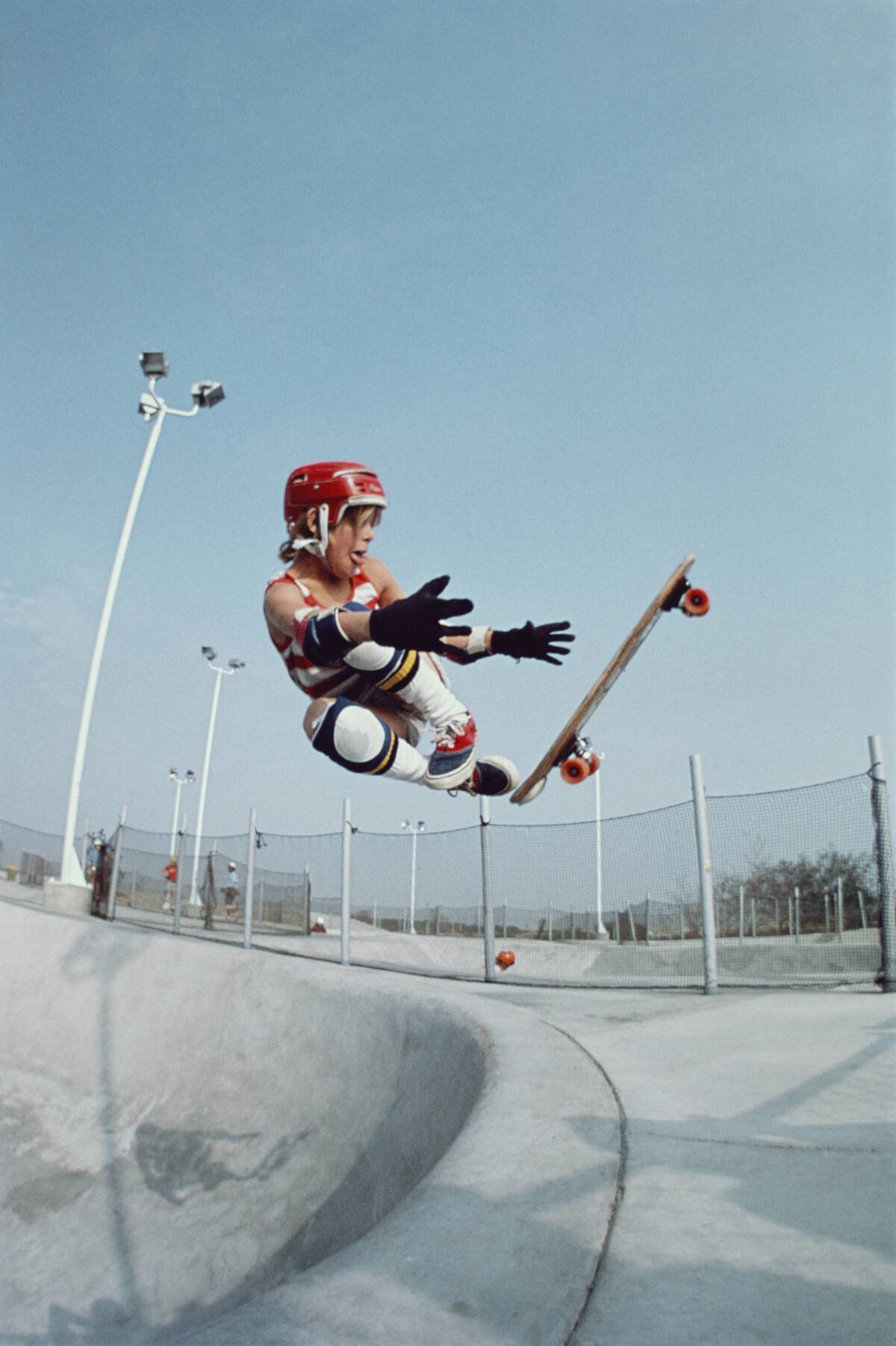
Skateboarding had been around for years by the ’70s, but the sport experienced a surge in popularity during the decade, shifting from a fringe activity to an increasingly mainstream subculture.
Iconic skaters like Stacy Peralta emerged from Southern California’s skate scene, inventing the concept of modern skate parks along the way.
There was time for play.
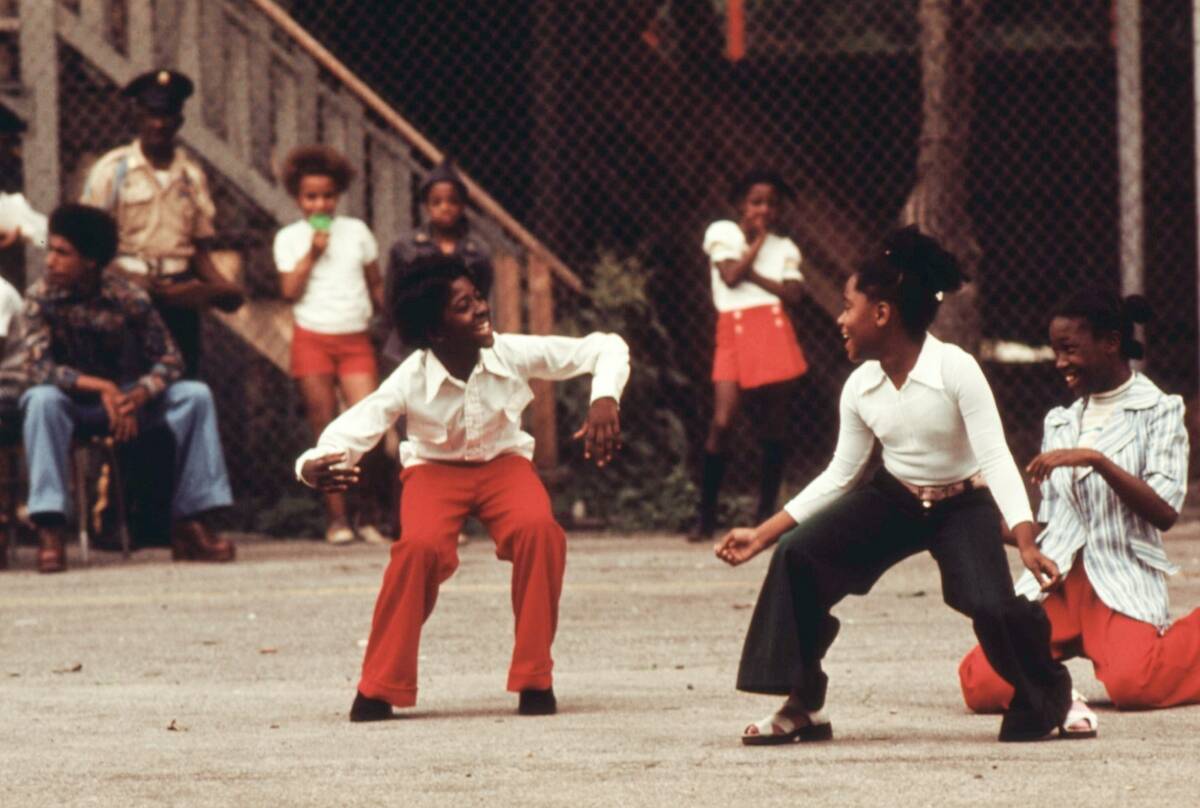
This image showing a carefree moment in Chicago shows the community mindset that was prevalent in urban centers during the era.
While urban blight became an increasing concern as the American economy suffered, these densely-populated urban centers remained a place to live and play.
There was a rise in environmental awareness.
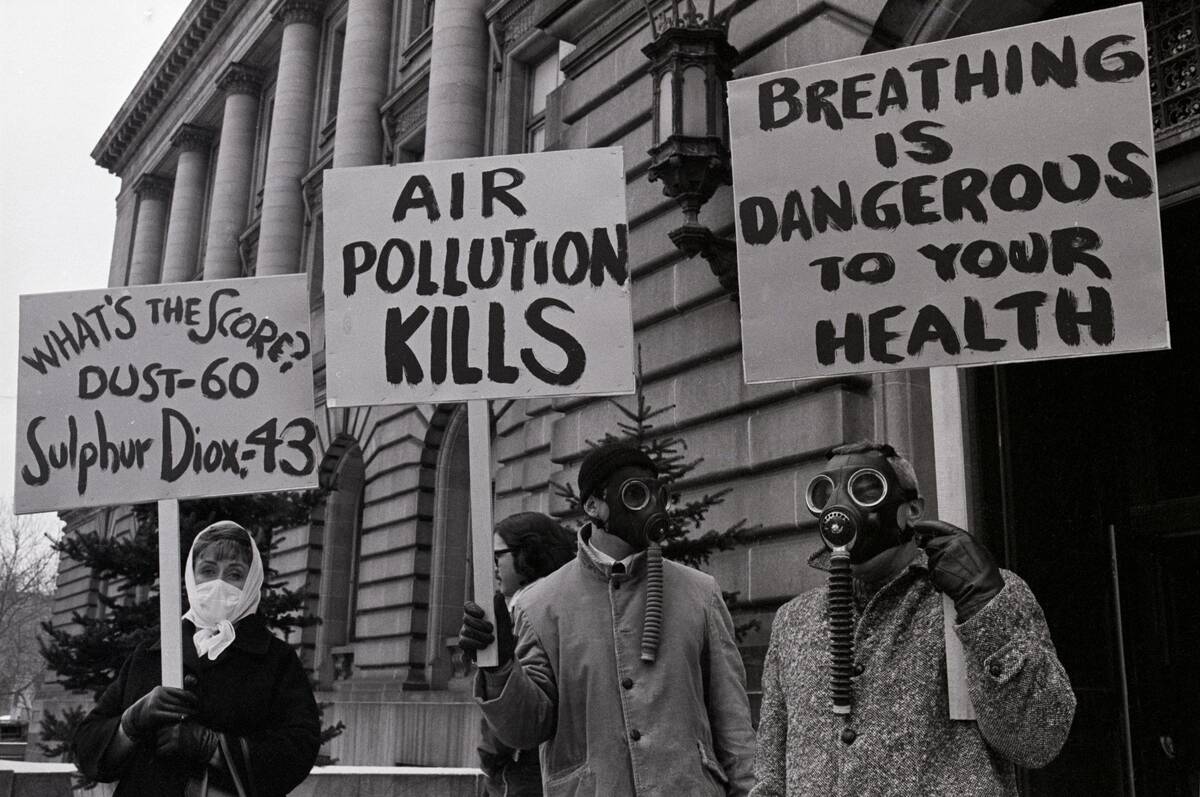
The social movements of the ’50s and ’60s carried over into the ’70s, and environmental awareness became a major theme.
Growing concerns about pollution and its effect on public health helped to create the first Earth Day in 1970, while the Clean Air Act (also in 1970) and 1972’s Clean Water Act helped guide public policy.
McDonald’s was on the rise.
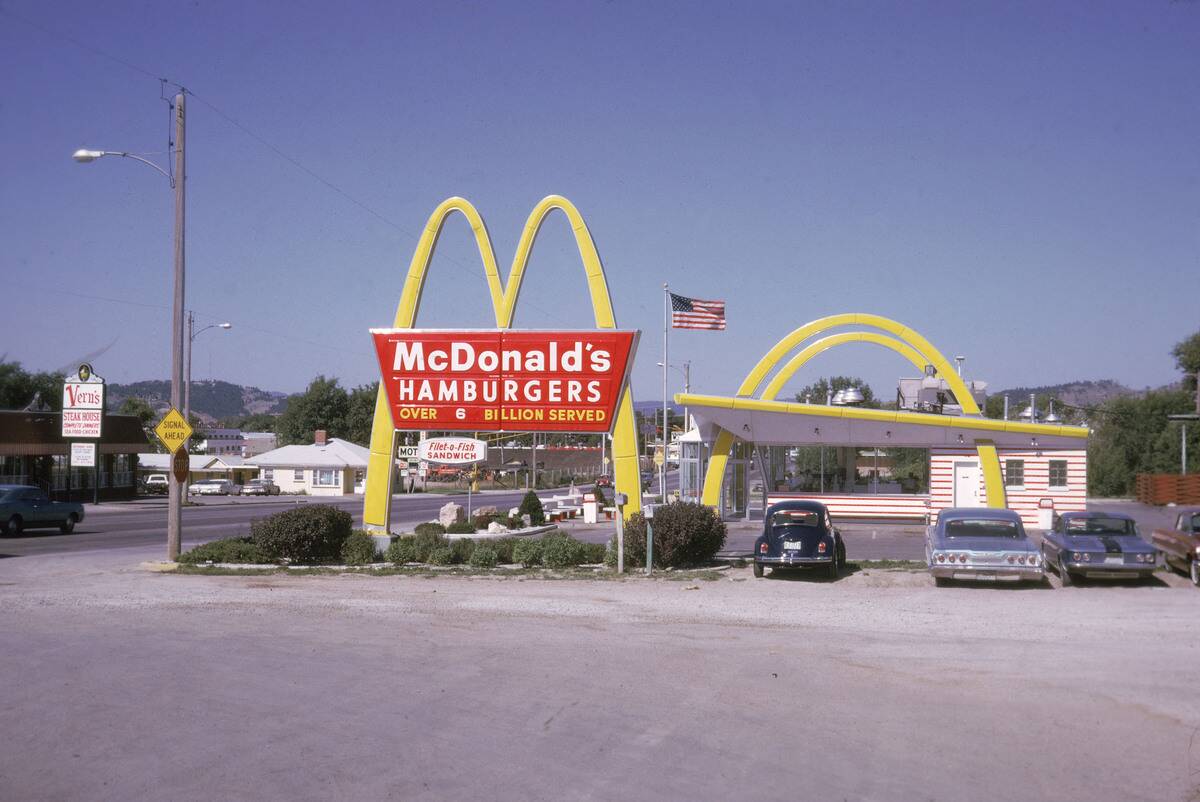
McDonald’s became a ubiquitous sight in the 1970s, as the fast food empire rapidly expanded across the United States and the world.
The appeal of McDonald’s was obvious: In an era where many families struggled to put food on the table, McDonald’s offered a consistent, affordable menu.
It became an iconic teenage job.
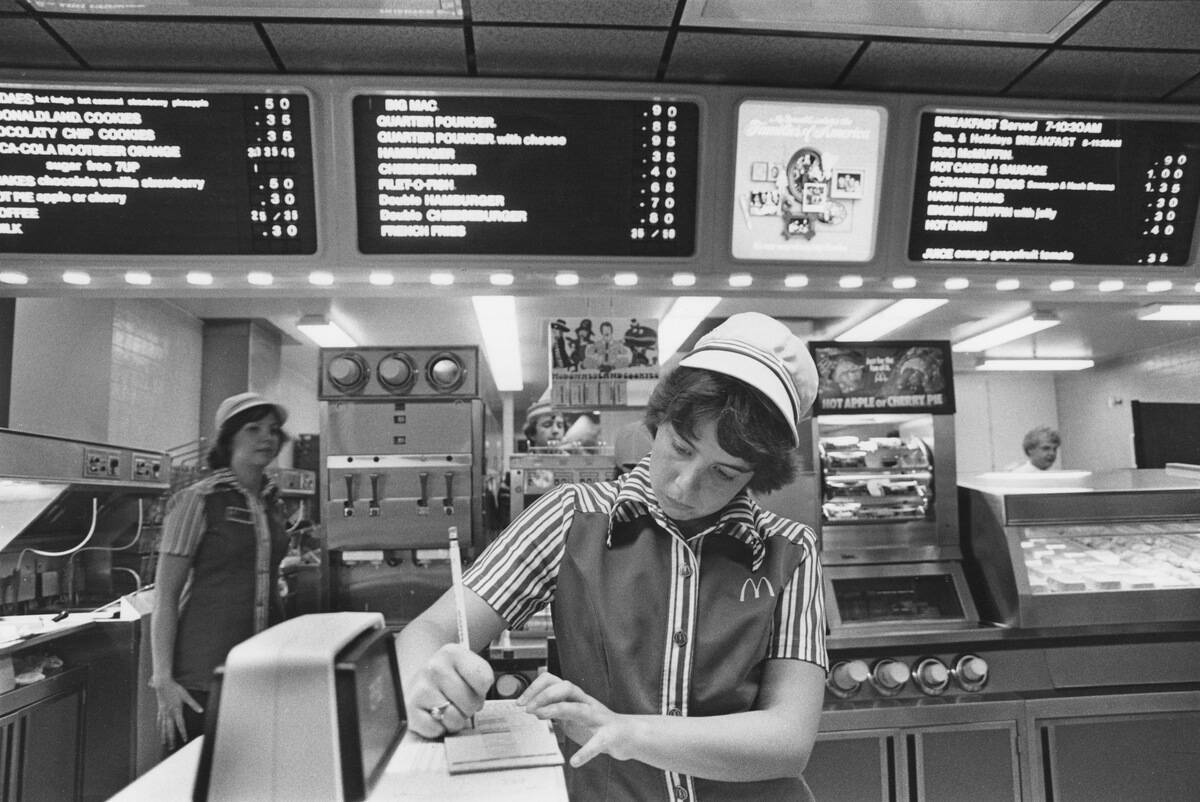
The more things change, the more they stay the same — and this pic of a teenager in the 1970s, working at McDonald’s in what’s likely their first job, just proves this.
Of course, the biggest change between this vintage photo and the present day can be seen in the menu prices.
Office work was in a transitional period.
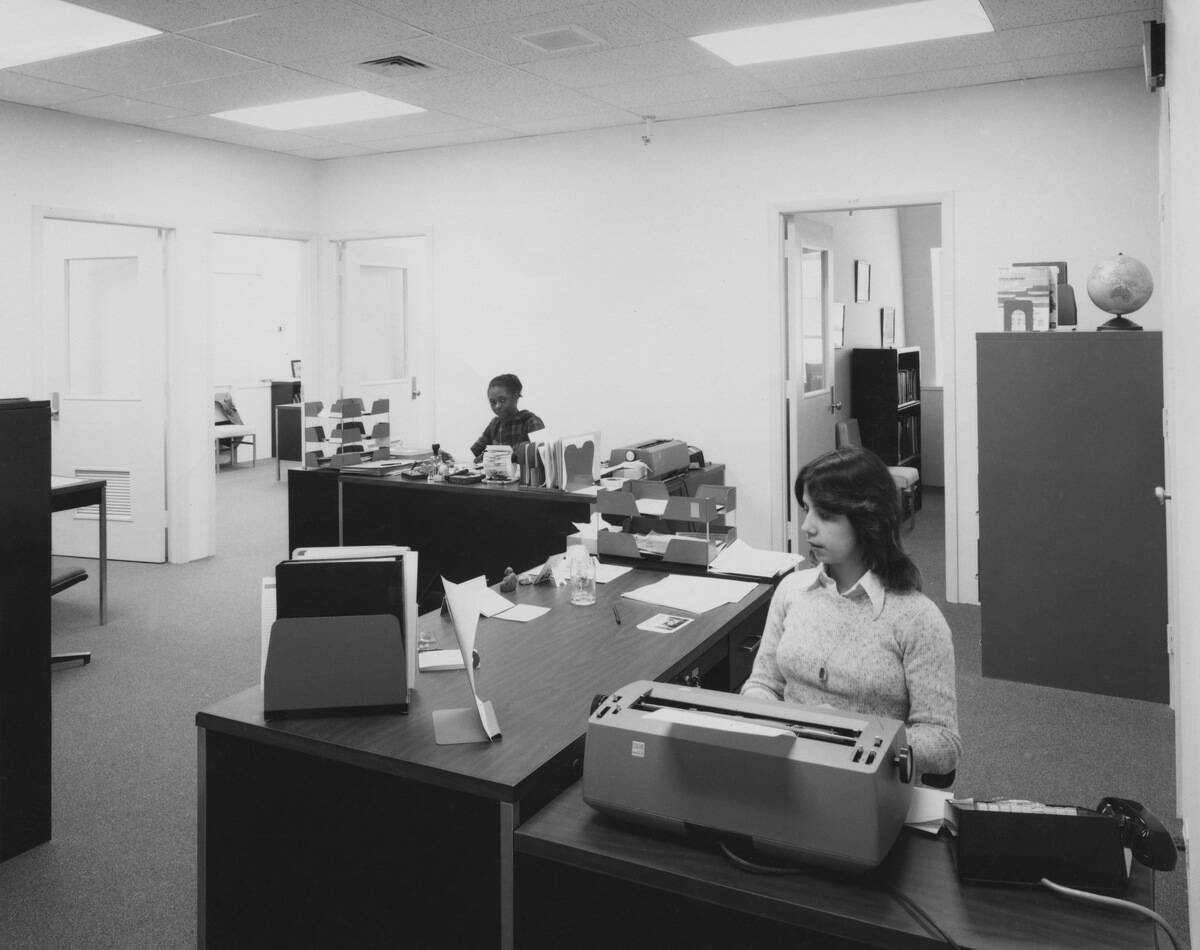
For offices that hadn’t committed to full-blown computers, subtle signs of technological transformation were still visible everywhere.
Machines like electric typewriters and photocopiers made office work faster and more efficient in a decade that laid the groundwork for the automation that would follow.
Bright colors dominated popular fashion.
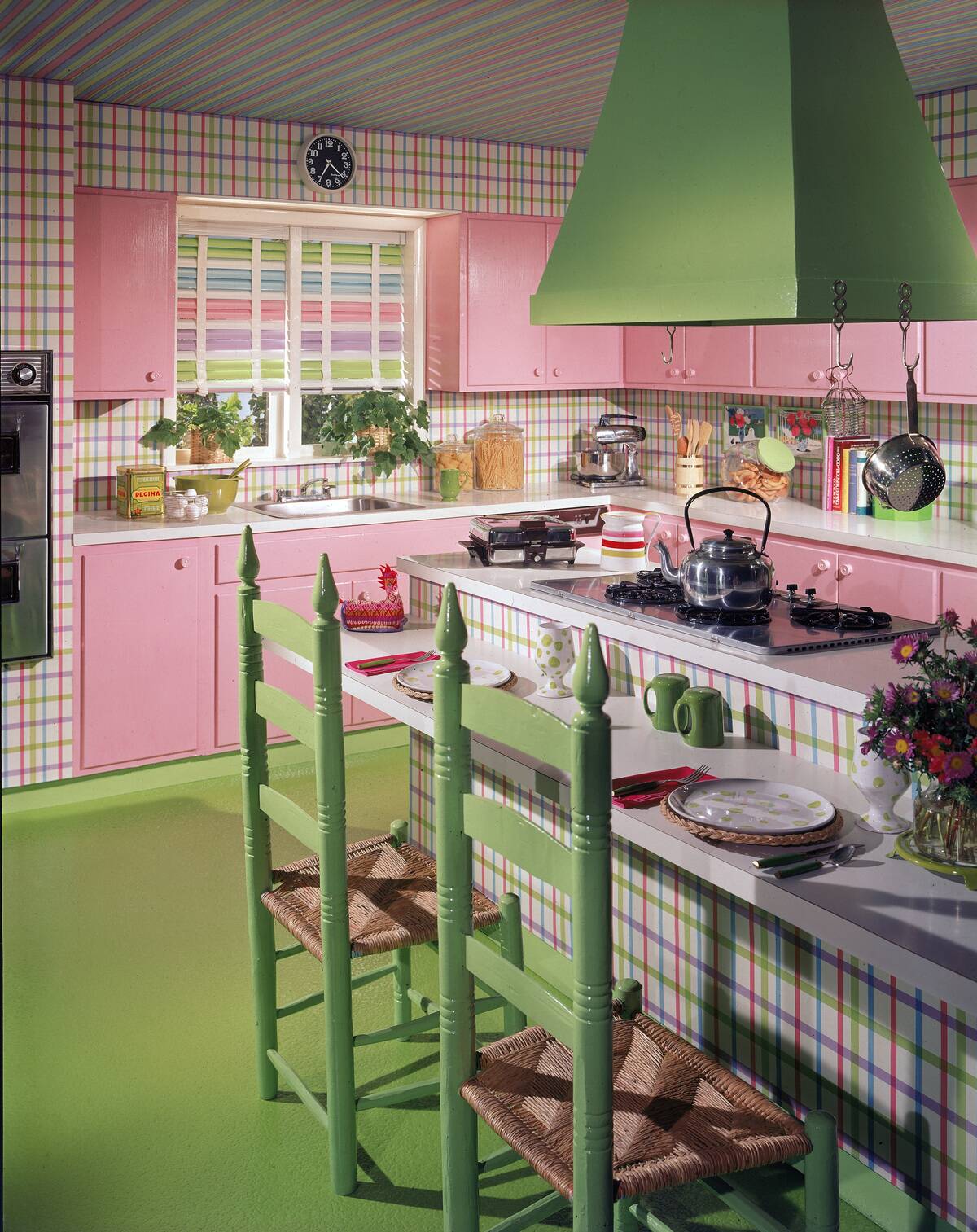
This image of a 1970s kitchen shows everything that the decade was about from a visual standpoint: Bold colors, funky patterns, and new materials.
Avocado green was one of the more popular colors of the decade, while kitchen appliances were often available in colors like mustard yellow and burnt orange.
Punk culture was on the rise.
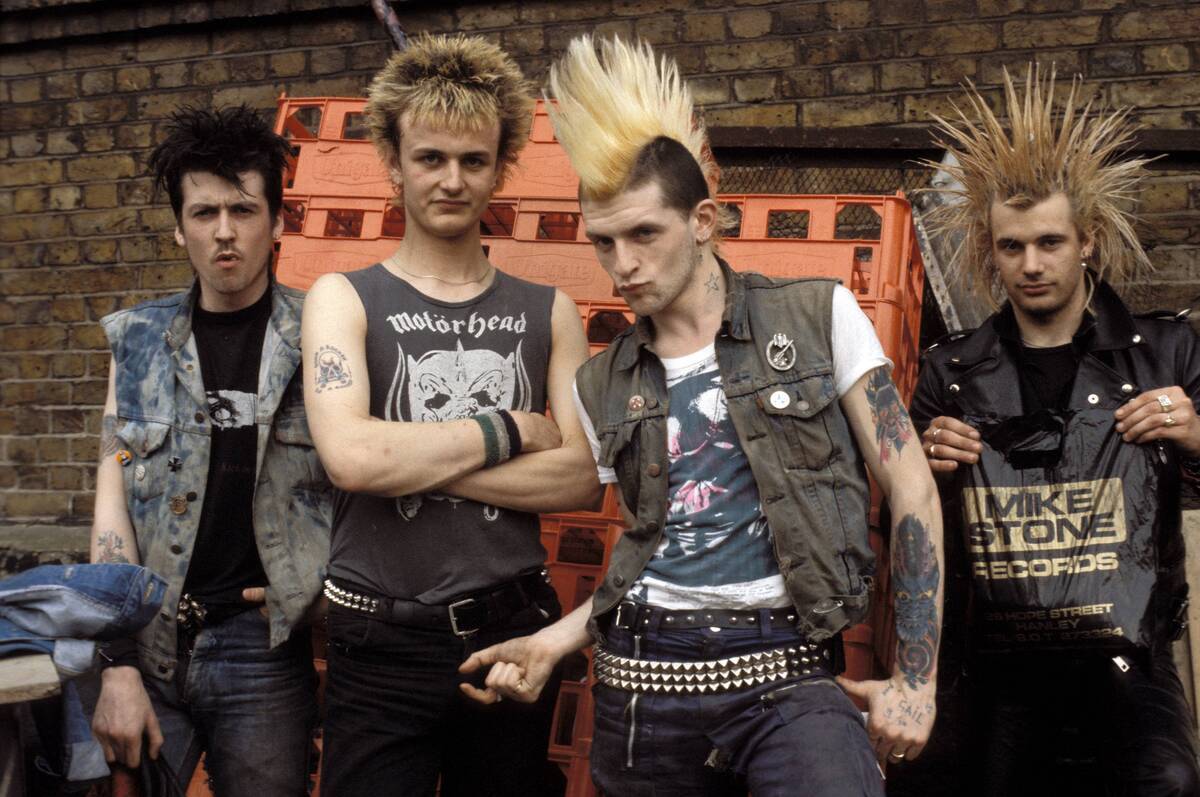
A rebellious response to the excesses of mainstream society, punk culture was ascendant in the late 1970s, fuelled in no small part by bands like the The Sex Pistols, The Ramones, and The Clash.
Much of the punk ethos was dependent on a do-it-yourself mindset that also embraced street art, zines, and alternative lifestyles.
Bell bottoms and jumpsuits were in.
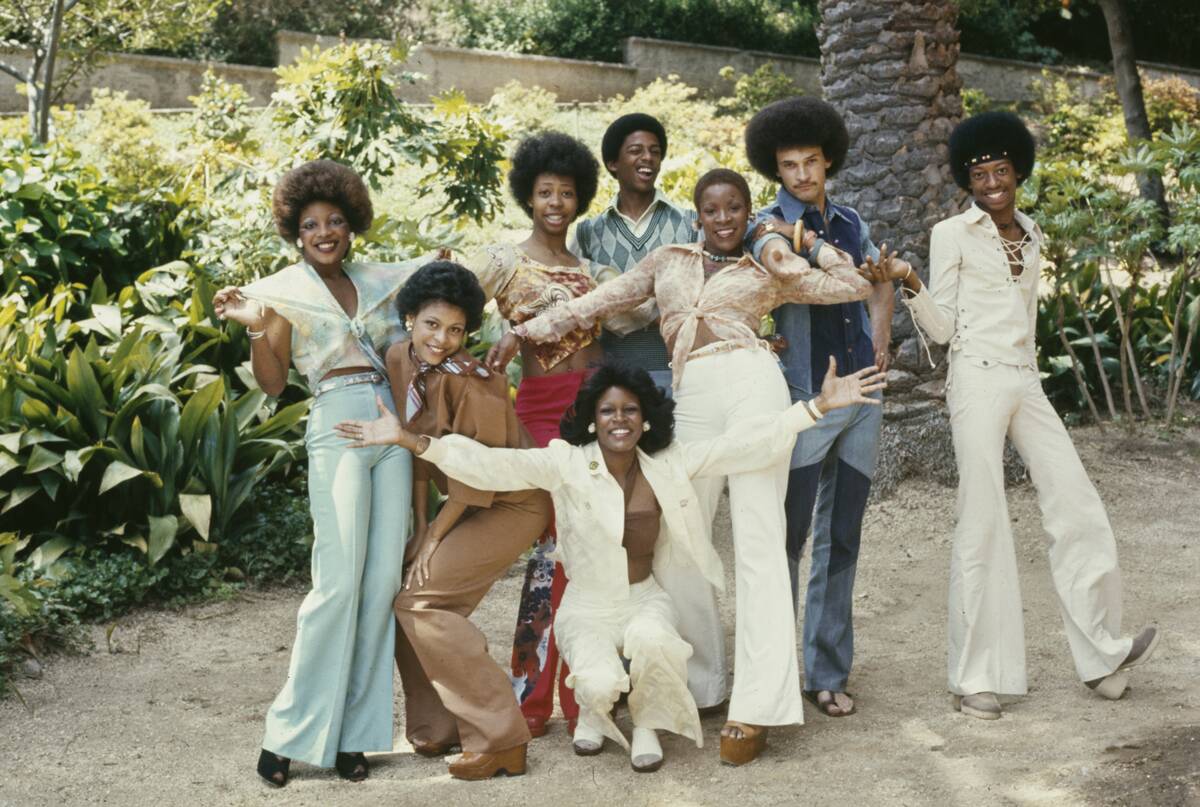
The disco aesthetic went hand-in-hand with leisurewear, with the two looks both favoring bell bottoms, flowing designs, and casual takes on formalwear.
This photoshoot for Right On! magazine, showing a group of dancers for the TV show Soul Train, embodies the fashions of the era.
Then, as now, it was important to vote.
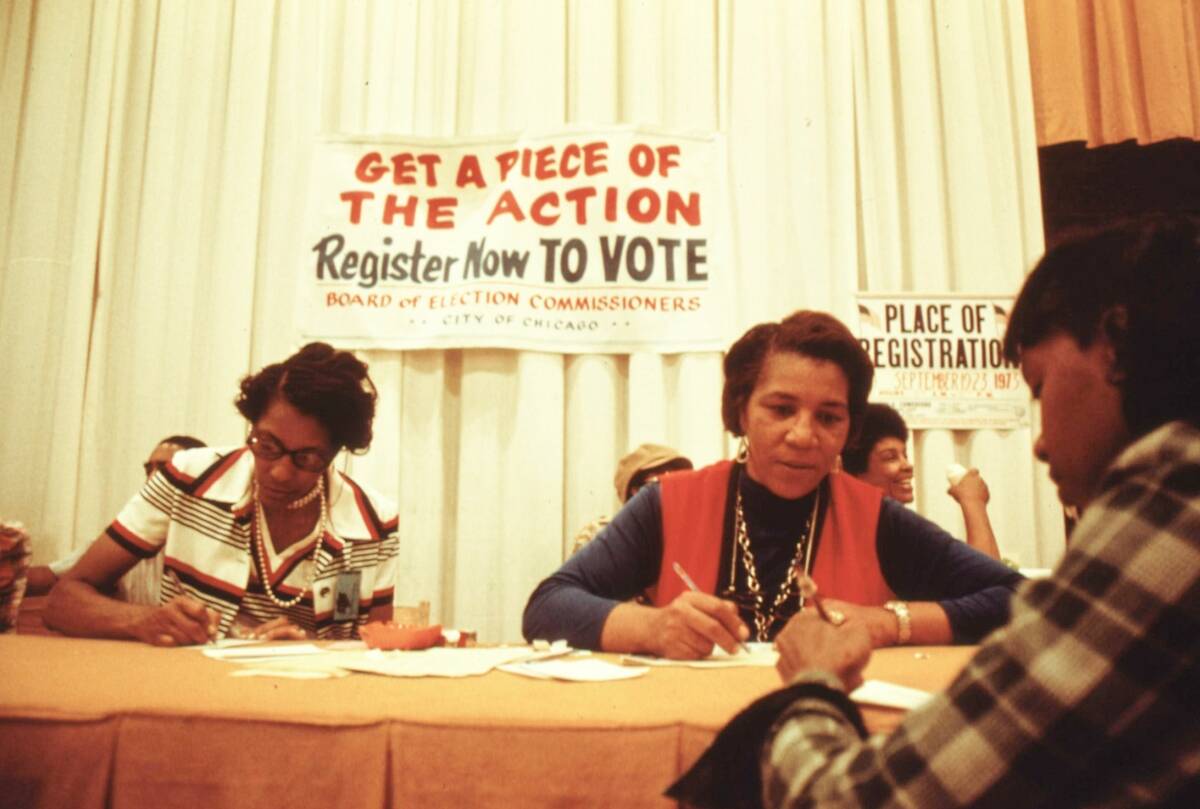
The tumultuous geopolitics of the 1960s continued into the ’70s, and the rise of mass media ensured that the populace was more aware of these events than ever before.
The passage of the 26th Amendment in 1971 lowered the U.S. voting age from 21 to 18, giving younger Americans a voice in the electoral process.
Shopping malls grew in popularity.
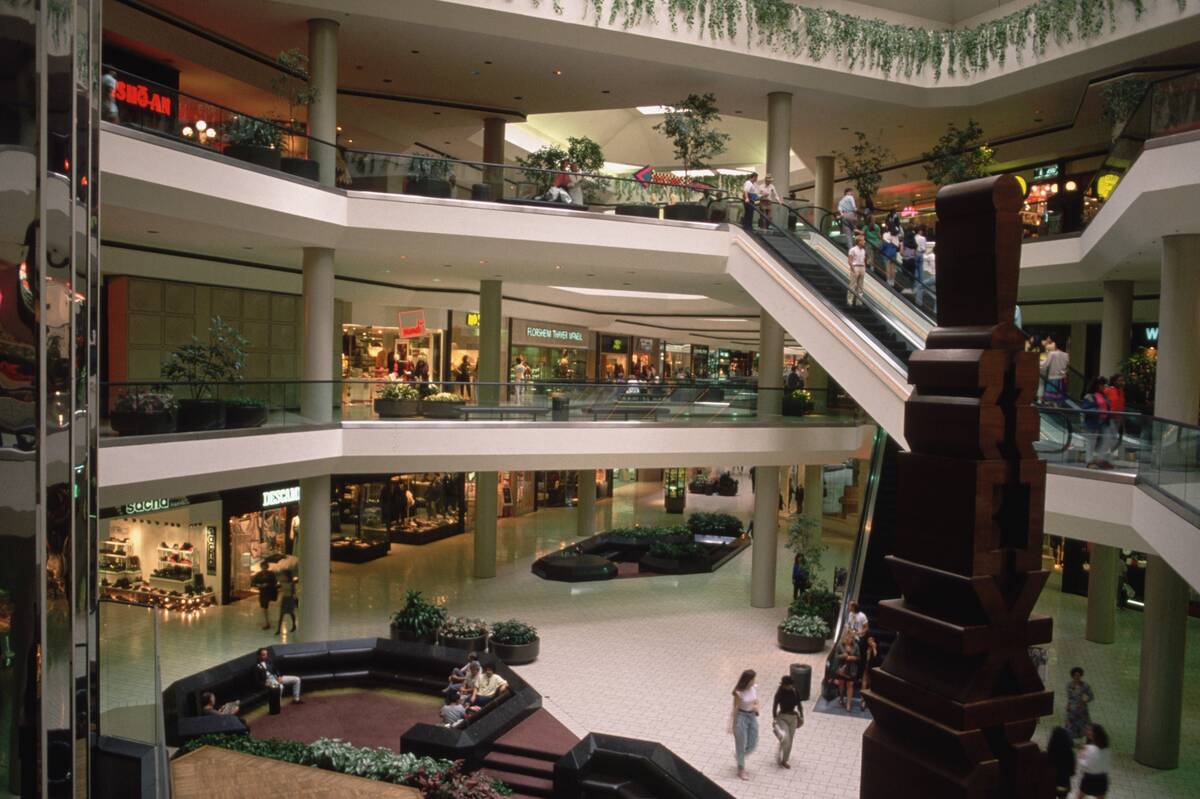
While modern shopping malls had existed for years by the 1970s, this was the decade where they became ubiquitous.
The rise of shopping malls made them social and retail hubs, especially in suburban communities, a status they would enjoy until the early 2000s or so.
Nashville was a country music hub.
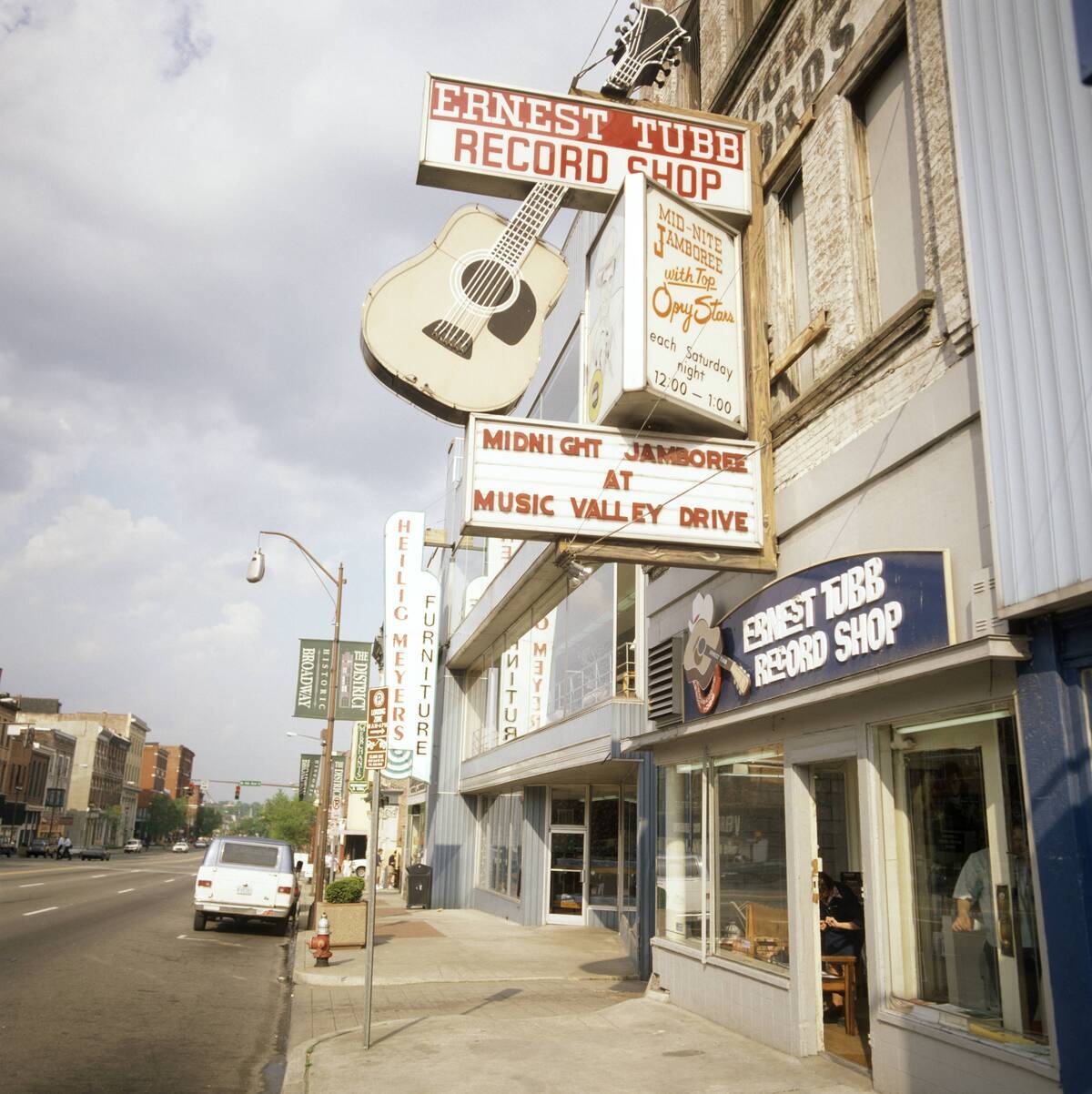
Nashville in the 1970s looks like a sleepy town, at least compared to today, but it was still a bustling and dynamic hub for the country music genre.
Venues like the Grand Ole Opry and Ryman Auditorium, along with iconic performers like Johnny Cash and Dolly Parton, helped establish Nashville’s reputation as the "Music City."
Arcades were a new trend.
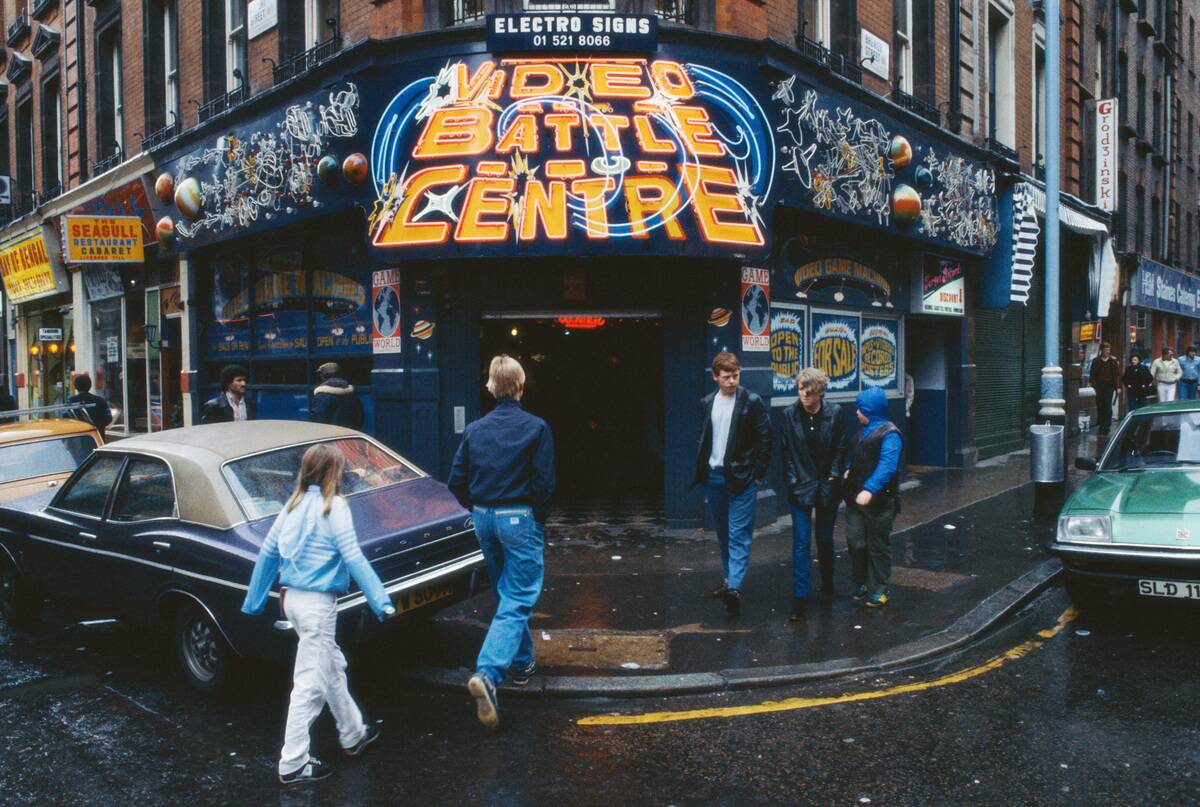
Home-based video games were still largely experimental and not widespread in the ’70s, but arcade-based video games became a massive cultural craze.
Beginning with Pong in 1972 and continuing through the release of Space Invaders and Asteroids, these coin-operated machines gobbled up quarters at a record pace.
Anyone who was anyone went to Studio 54.
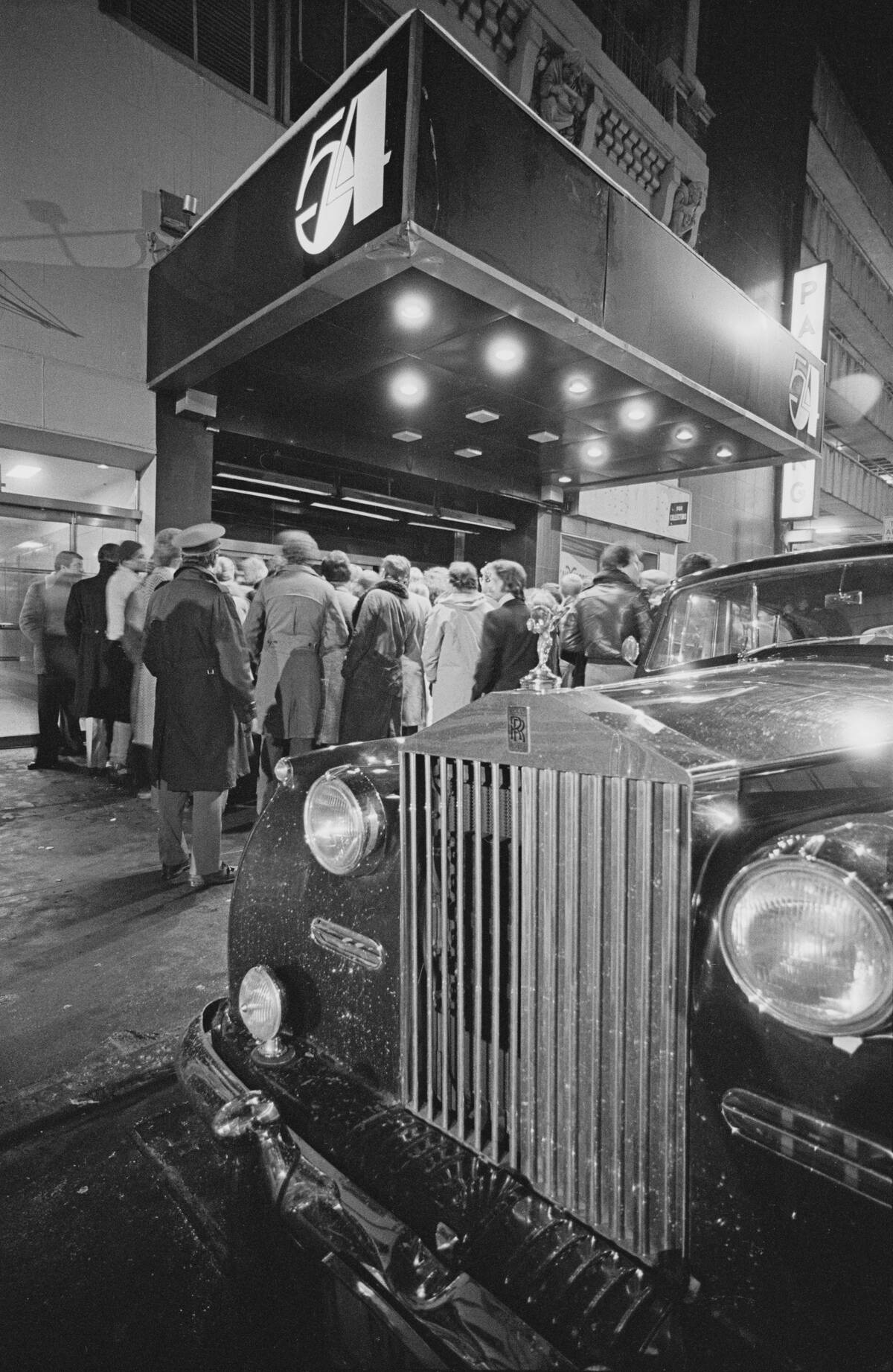
New York’s legendary Studio 54 nightclub didn’t open its doors until 1977, but it still became synonymous with the glamorous, often hedonistic, excesses of the decade.
Studio 54 was a great place for celebrity-watching and was known for its extravagant parties, innovative lighting, and fast-paced party lifestyle.
The west coast had its own icons.
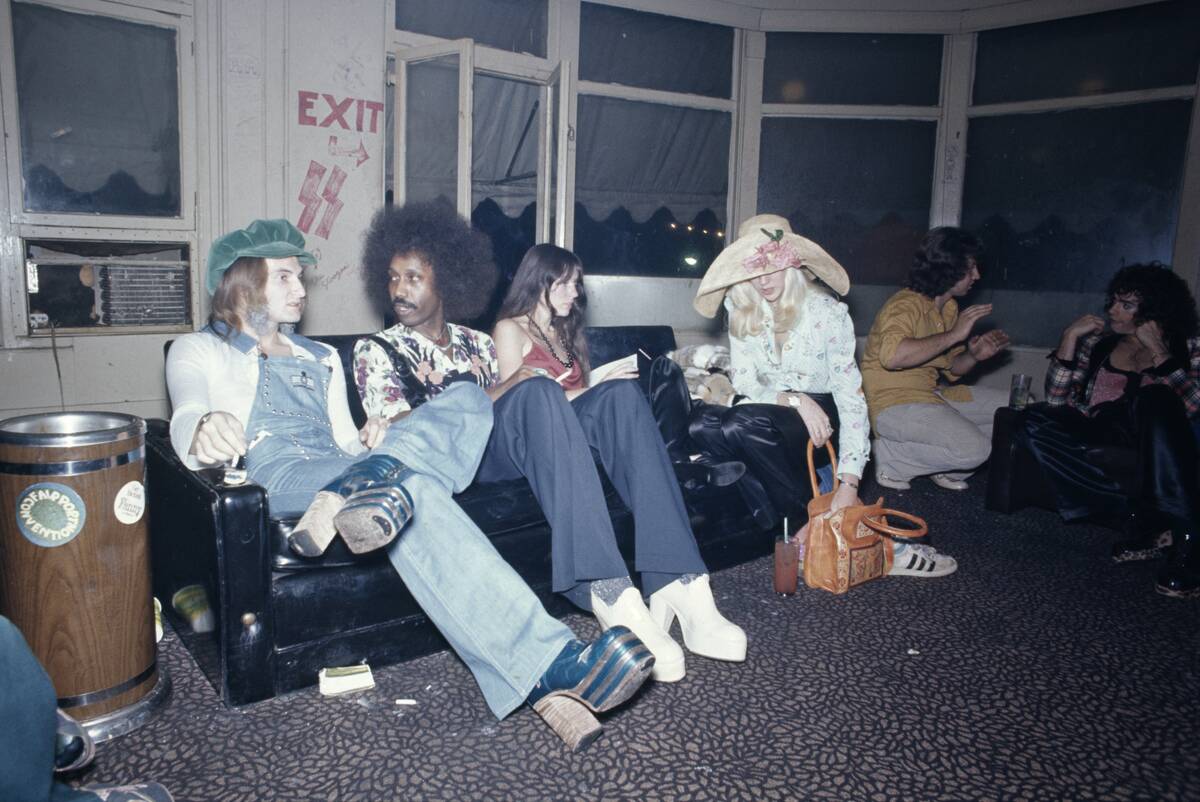
These clubbers are enjoying a quiet moment backstage at the Whisky a Go Go, a nightclub once located along the Sunset Strip in Los Angeles.
The Whisky was a massively influential launching pad for some of the biggest rock acts of the era, including Led Zeppelin and The Ramones.
Schools were undergoing change.
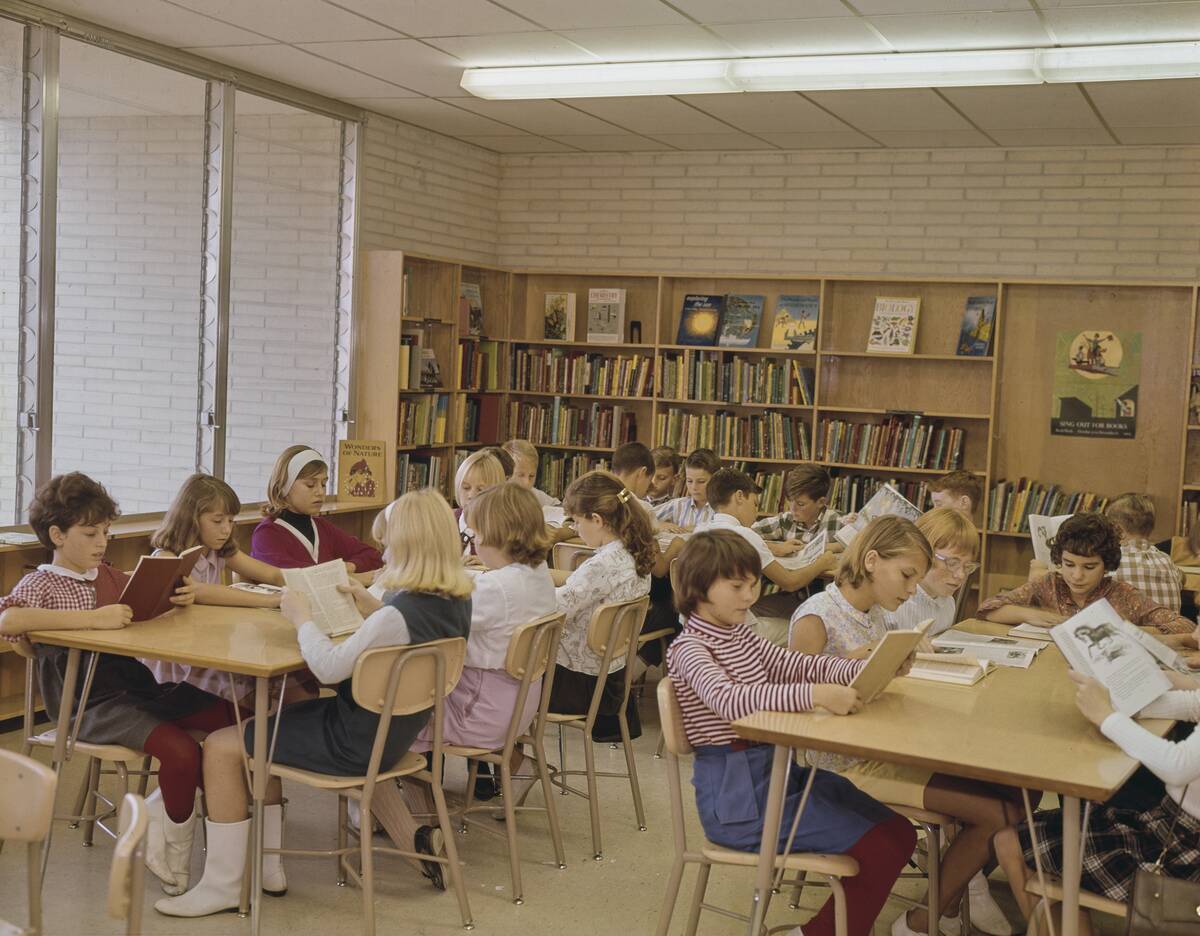
Teaching methods shifted considerably in the 1970s, with a move toward more progressive teaching methods and a focus on individual learning styles.
Outside the classroom, student activism in response to events like the Vietnam War and civil rights became a growing trend.
Here’s how the other half lived.
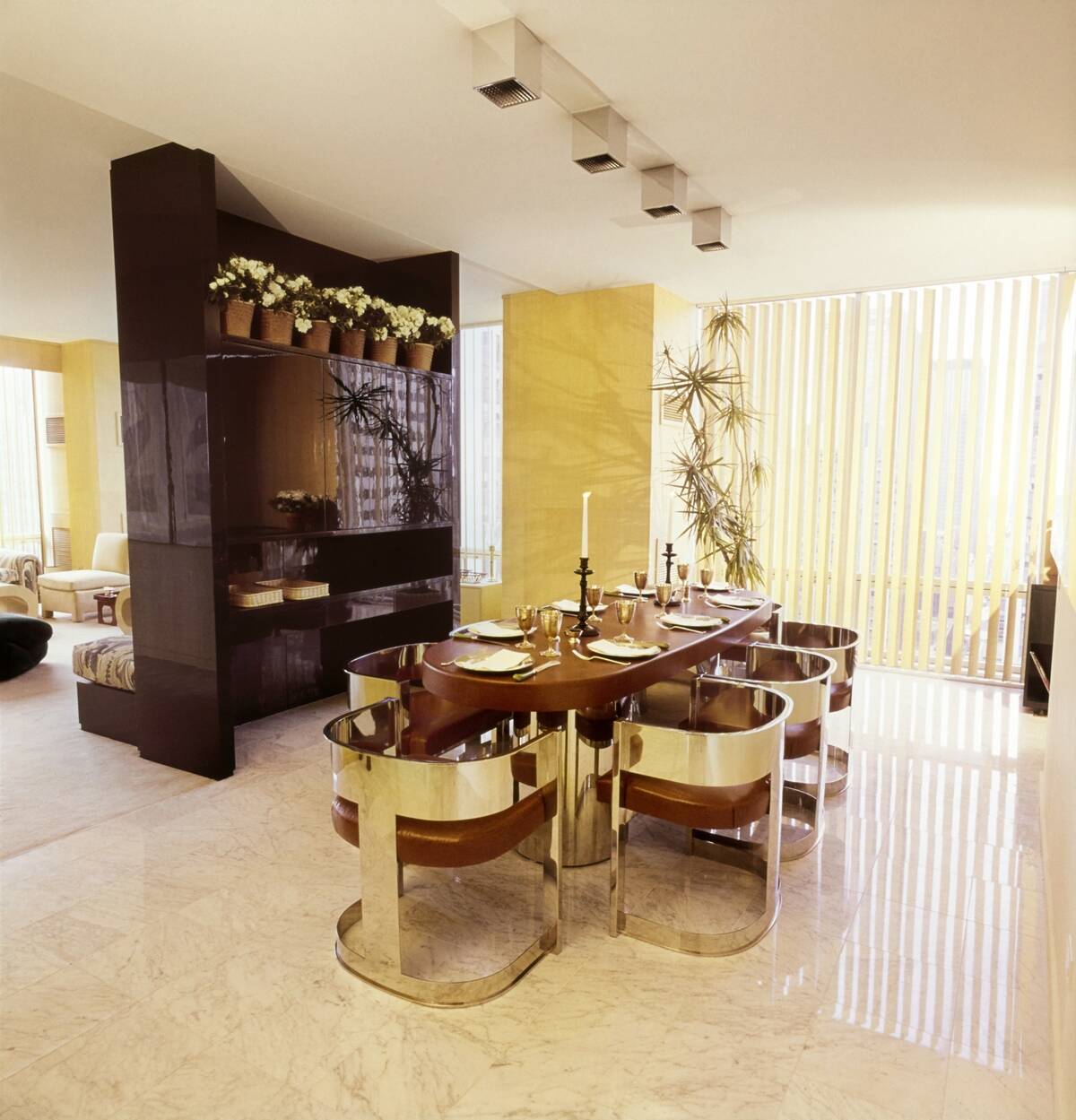
This 1976 photo showing a brand-new luxury apartment in New York’s Olympic Tower shows the epitome of city living in the decade.
The apartment featured floor-to-ceiling windows, wood paneling, and mirrored walls — all style trends that were markers of luxury during the ’70s.
Many people were struggling.
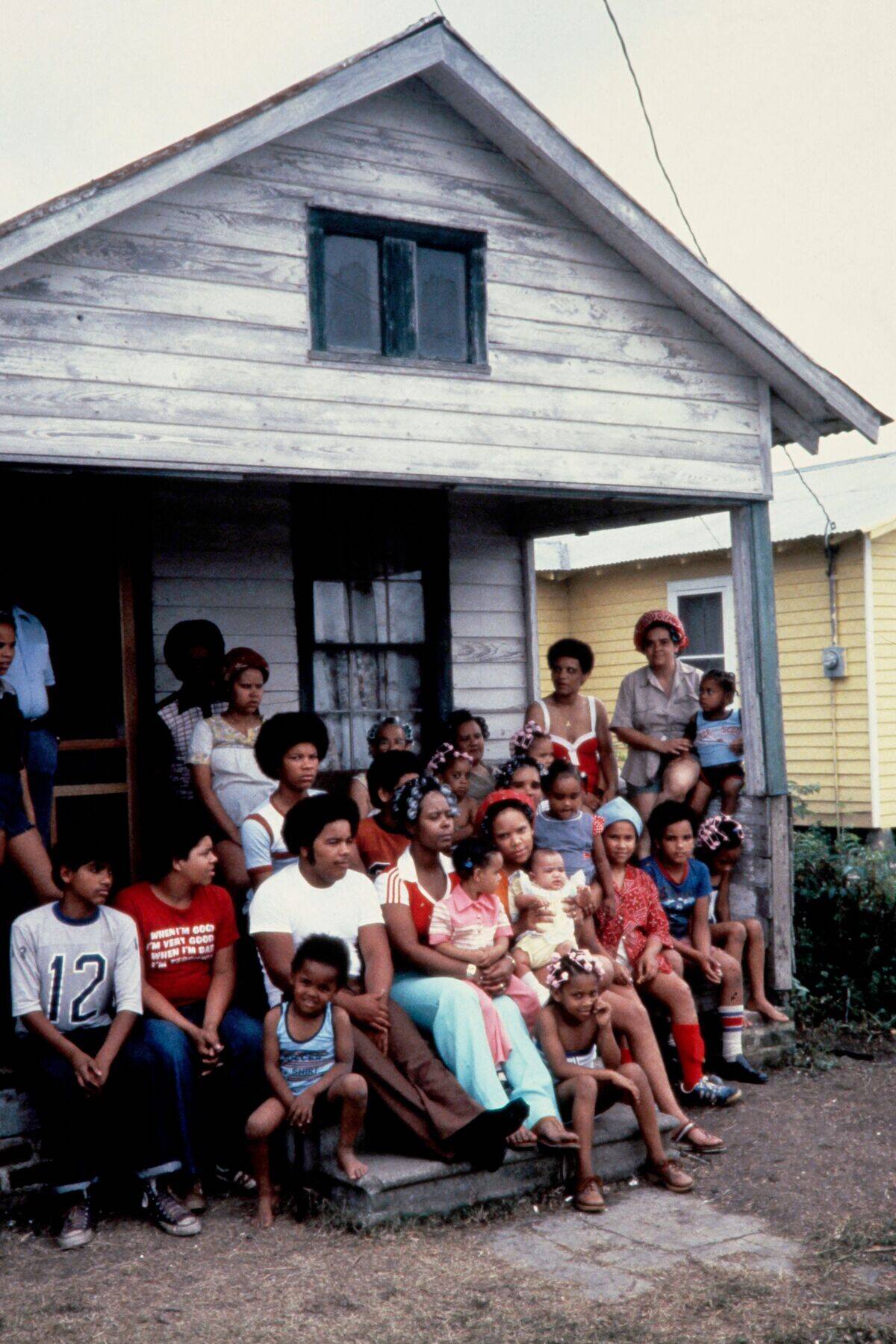
This photo showing a large family in Louisiana emphasizes the divide between rich and poor in the 1970s, particularly in the South.
Because of agricultural stagnation, many of these communities experienced high unemployment rates. Some southern cities experienced growth due to industrialization, but others were largely impoverished.
California’s laid-back culture was an ethos.
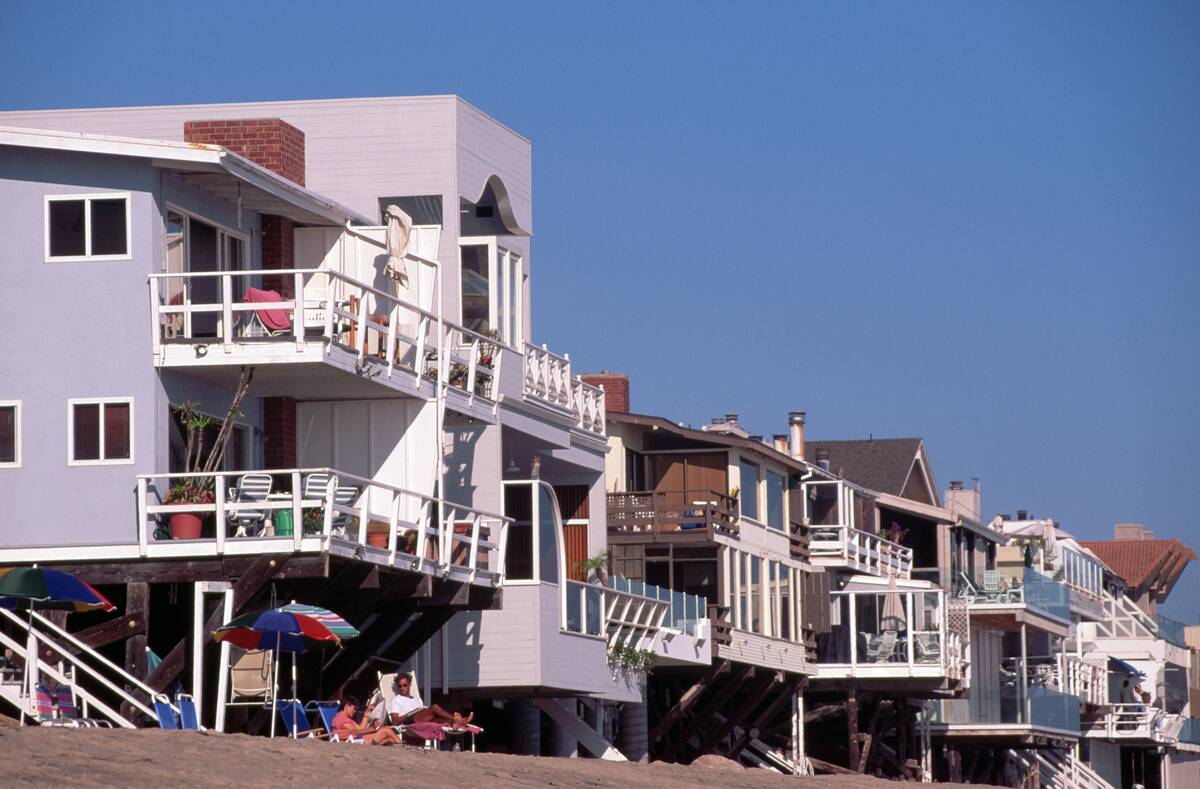
This image shows Malibu’s beachfront homes in the 1970s, in a scene that doesn’t look much different from what you’d see in the present day.
Then, as now, California was a destination for its gorgeous weather, laid-back vibes, counterculture, and celebrity allure.
New York experienced a catastrophic blackout.
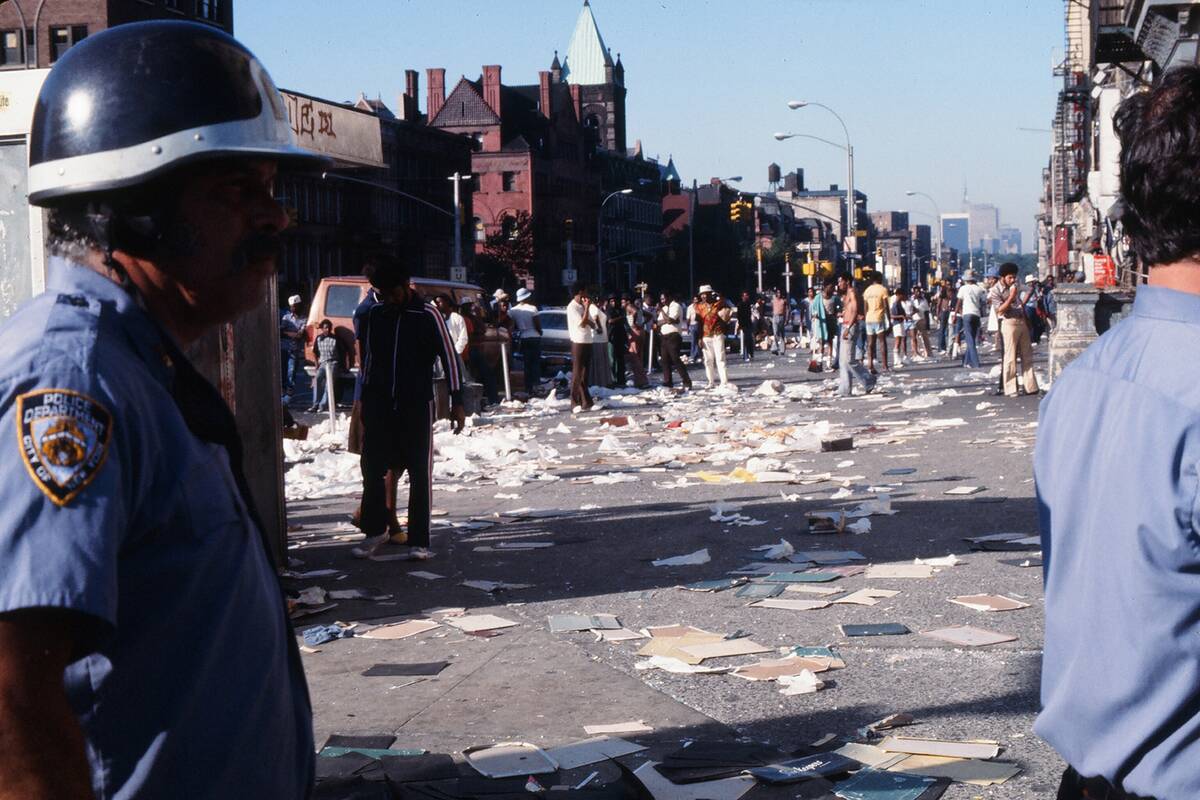
The blackout on July 13th and 14th of 1977 left much of New York in darkness for 25 hours.
Initially caused by a lightning strike, the blackout had far-reaching effects including looting, arson, and vandalism. It was a flashpoint for the city’s growing economic and social problems.
Times Square still dazzled.
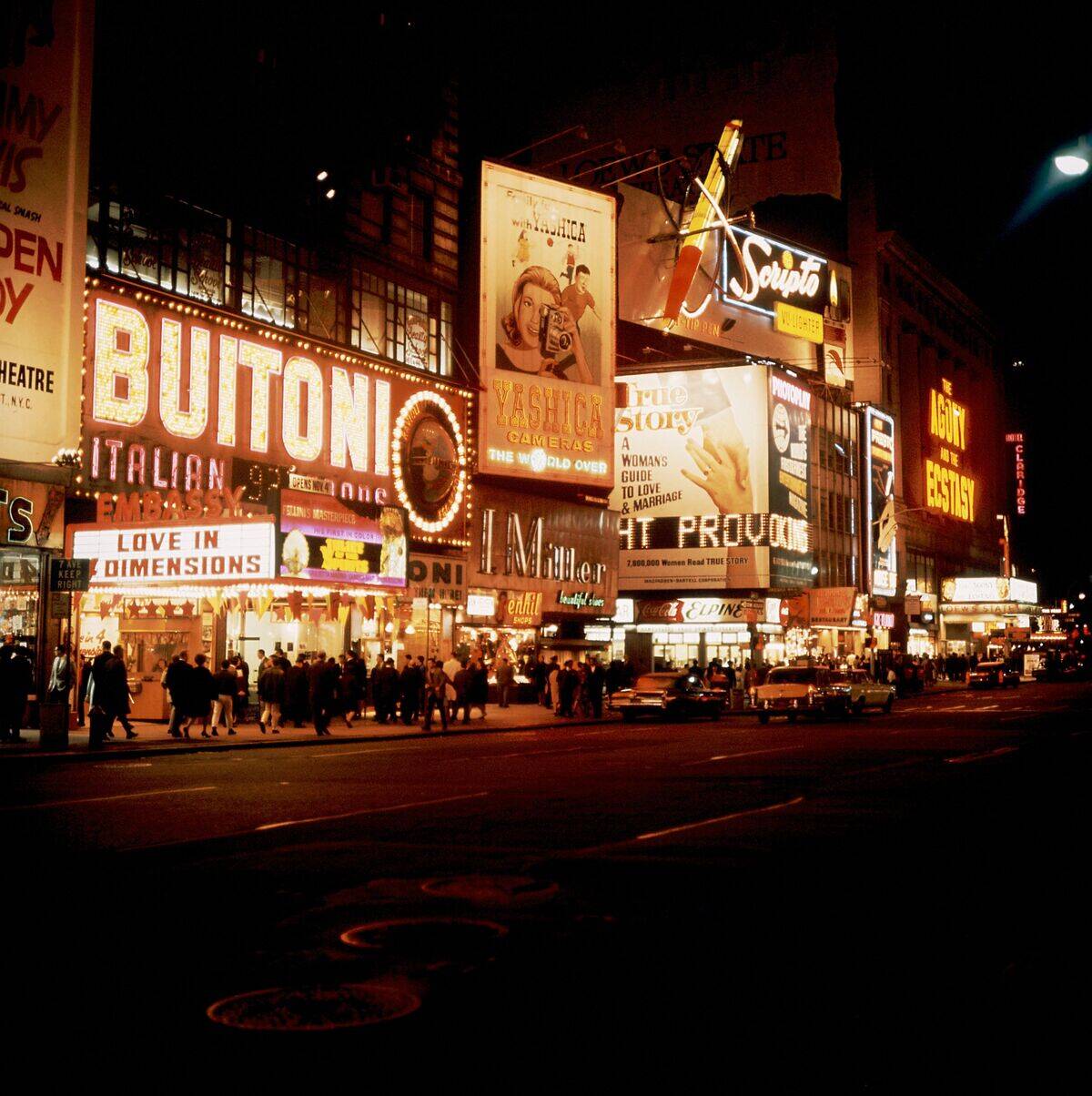
Times Square was a decidedly seedy place in the 1970s, with tourists more likely to encourage taboo theaters and grifters than family-friendly entertainment.
While it was a very different place than it is today, many of its trappings —including massive, brightly-lit advertisements — are recognizable today.
